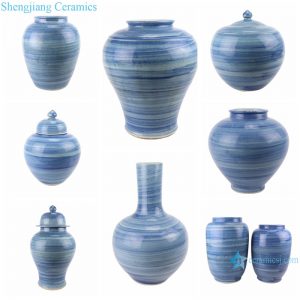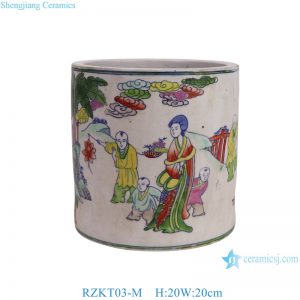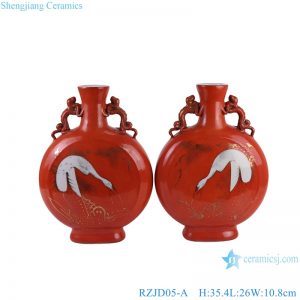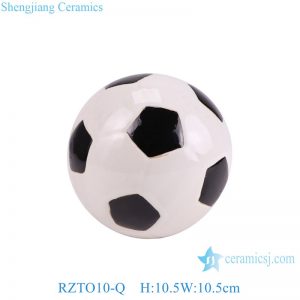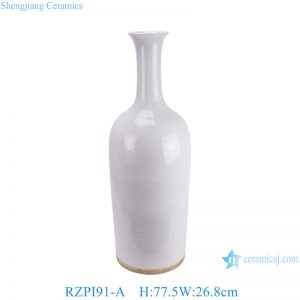
The production process flow of ceramic sink
Ⅰ.Classification of Ceramic Materials
(1) Clay is one of the main raw materials of ceramics. Clay is used as pottery. The main raw material of porcelain is due to its plasticity and sinter. The main clay mineral in the ceramic industry is kaolinite
Class A, Montmorillonite and illite (hydromica), etc., but the main clay material of our factory is kaolin, such as: Gaotang Kaolin, Yunnan Kaolin, Fujian Longyan Kaolin, Qingyuan Kaolin, Conghua Kaolin, etc.
(2) Quartz. Is mainly composed of silicon dioxide (SiO2). In ceramic production, when it is added into ceramic blank as a fine raw material, Plasticity of billet can be adjusted before firing. Heating expansion of quartz during firing can partially offset shrinkage of billet. When added to the glaze, improve the mechanical strength, hardness, wear resistance, chemical erosion resistance of the glaze. Our quartz. The main raw materials are: glazed gemstone, Fukuoka quartz sand and so on.
(3) Feldspar is the most commonly used flux in ceramic raw materials. It is used as blank, glaze flux and other basic components in ceramic production.It melts at high temperature and forms a thick glass. The glass body is the main source of alkali metal oxides in the blank, which can reduce the melting temperature of ceramic body components, and is conducive to the formation of porcelain. And lower the firing temperature.The glaze is used as a flux to form a glass phase.I plant the main feldspar raw materials have Nanjiang potassium feldspar, Fukuoka potassium feldspar, Yanfeng potassium feldspar, conde sodium feldspar, Indian potassium feldspar, etc.

Ⅱ.Preparation of blank and glaze
(1) Ingredients refer to weighing all kinds of raw materials according to the requirements of the formula and mixing them into the ball mill barrel.The ingredients of billet in our factory can be divided into three types: white crystal slime, high crystal slime and high aluminium slime, while the ingredients of glaze can be divided into transparent glaze and colored glaze.
(2) Ball mill.Ball mill refers to a ball mill with raw materials in the barrel, adding water for ball mill.The principle of ball milling is to rely on the ball stone in the cylinder to hit and rub, the clay grains are ground fine, in order to achieve the fineness we need.Usually, the billet is used for auxiliary ball grinding.The glaze USES high alumina nodular stone for auxiliary nodular grinding.In the process of ball grinding, it is generally put some ingredients for ball grinding for a period of time, and then add the remaining ingredients together for ball grinding. The total ball grinding time varies from more than ten hours to more than thirty hours according to the different materials.For example, white crystal mud is generally ground for 13 hours or so, high crystal mud for 15-17 hours, high aluminium mud for 14 hours or so, and glaze for 33-38 hours. However, in order to make the fineness of paste after ball grinding to meet the requirements of manufacturing process, the total time of ball grinding will fluctuate.

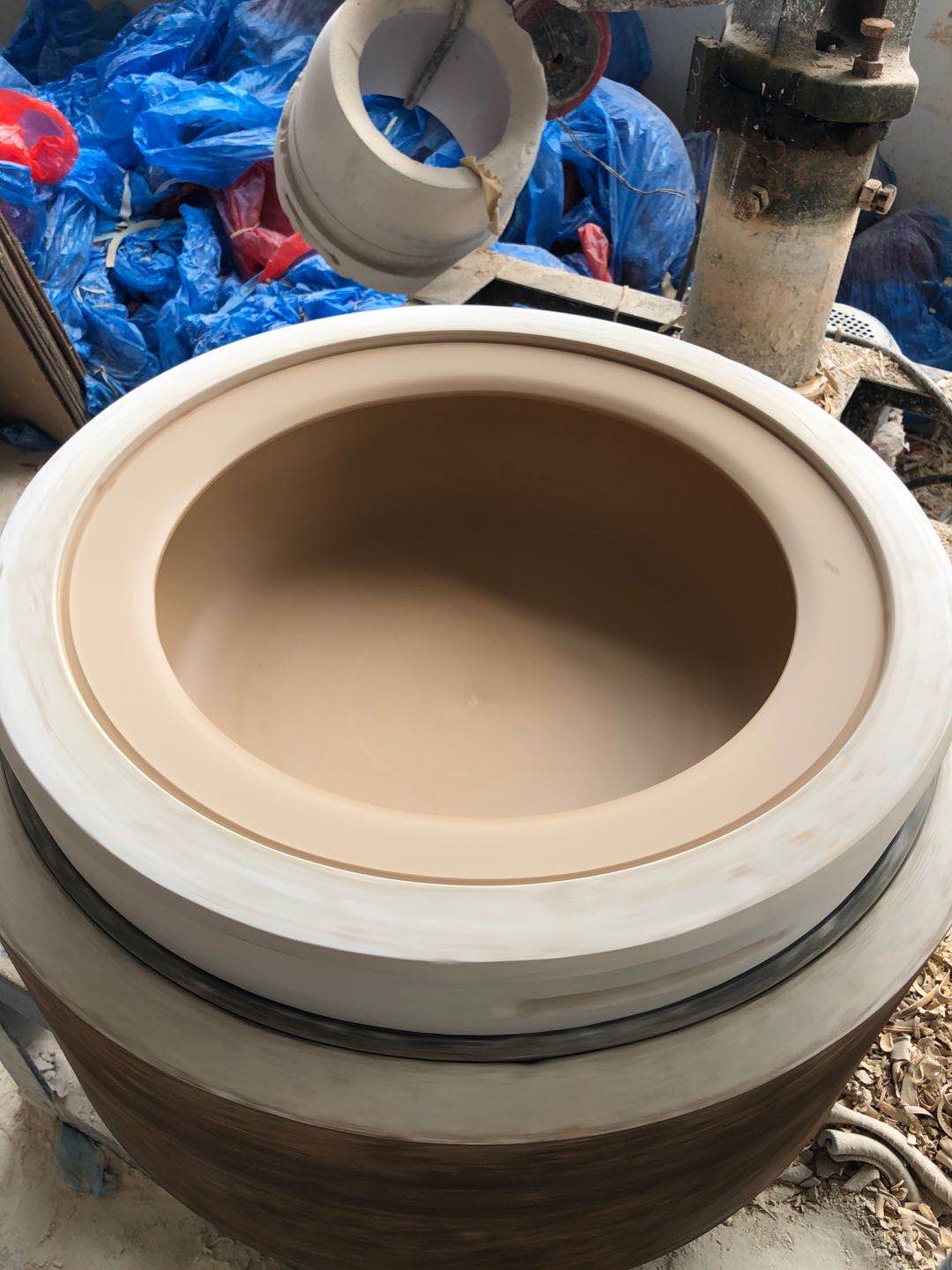
Ⅲ.Molding
Molding is through the production of good gypsum mold, the blank prepared by a variety of forming methods to produce the required blank, at present, I plant common forming method has rolling molding, extrusion molding and grouting molding three.
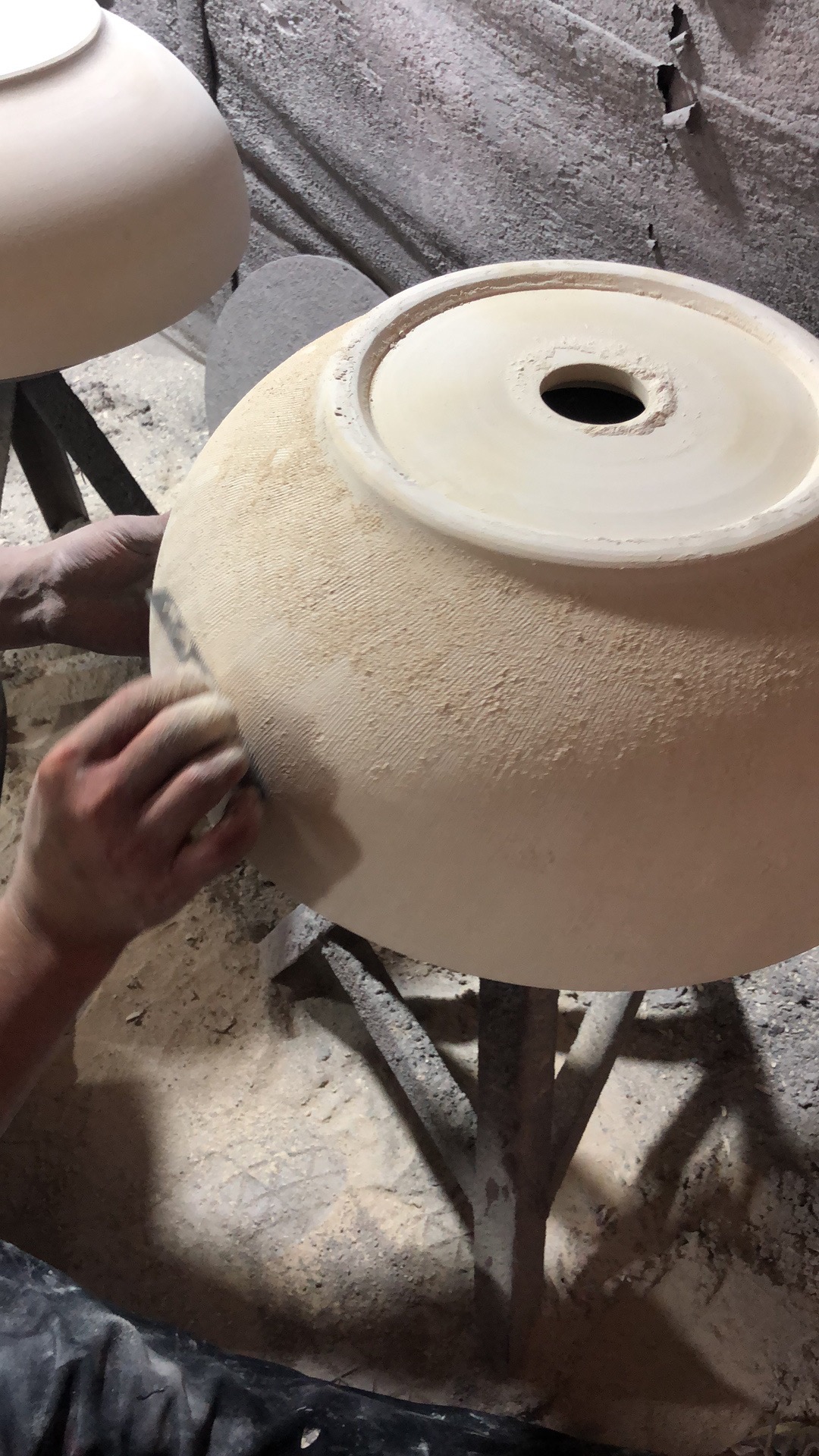
Ⅳ.Glazing
Glazing is in the surface of the body coated with a layer of glaze. Usually can be divided into three kinds: dip glaze, wheel glaze, drench glaze.
(1) Dip glaze. Dip the glaze is to dip the blank body into the glaze slurry for a while and then take it out and make the glaze slurry adhere to the blank using the water absorption of the blank.The thickness of glaze layer is controlled by the water absorption, glaze slurry concentration and dipping time of the blank.
(2) Wheel glaze. Wheel glaze is to place the blank body on a rotating rotary table. During rotation, employees pour the prepared glaze paste into the center of the blank body with bowls or spoons. Due to the effect of centrifugal force, the glaze is evenly dispersed, so that the product is coated with thick and thin glaze, and the excess glaze is thrown out.Wheel glaze is suitable for flat utensils such as dish and dish.
(3) Glaze. Drenching glaze is semi-automatic machine glazing.The blank holder and the blank body are put on the conveyor belt of the machine, and the conveyor belt is driven by the driving wheel. When the blank body passes through the uniform glaze film, the front (upward side) of the blank body can be glazed.After glaze on one side, the staff will turn the blank body over, and then the other side of the blank body can also be glazed after the glaze film.This glaze method has high efficiency and is suitable for mass production.
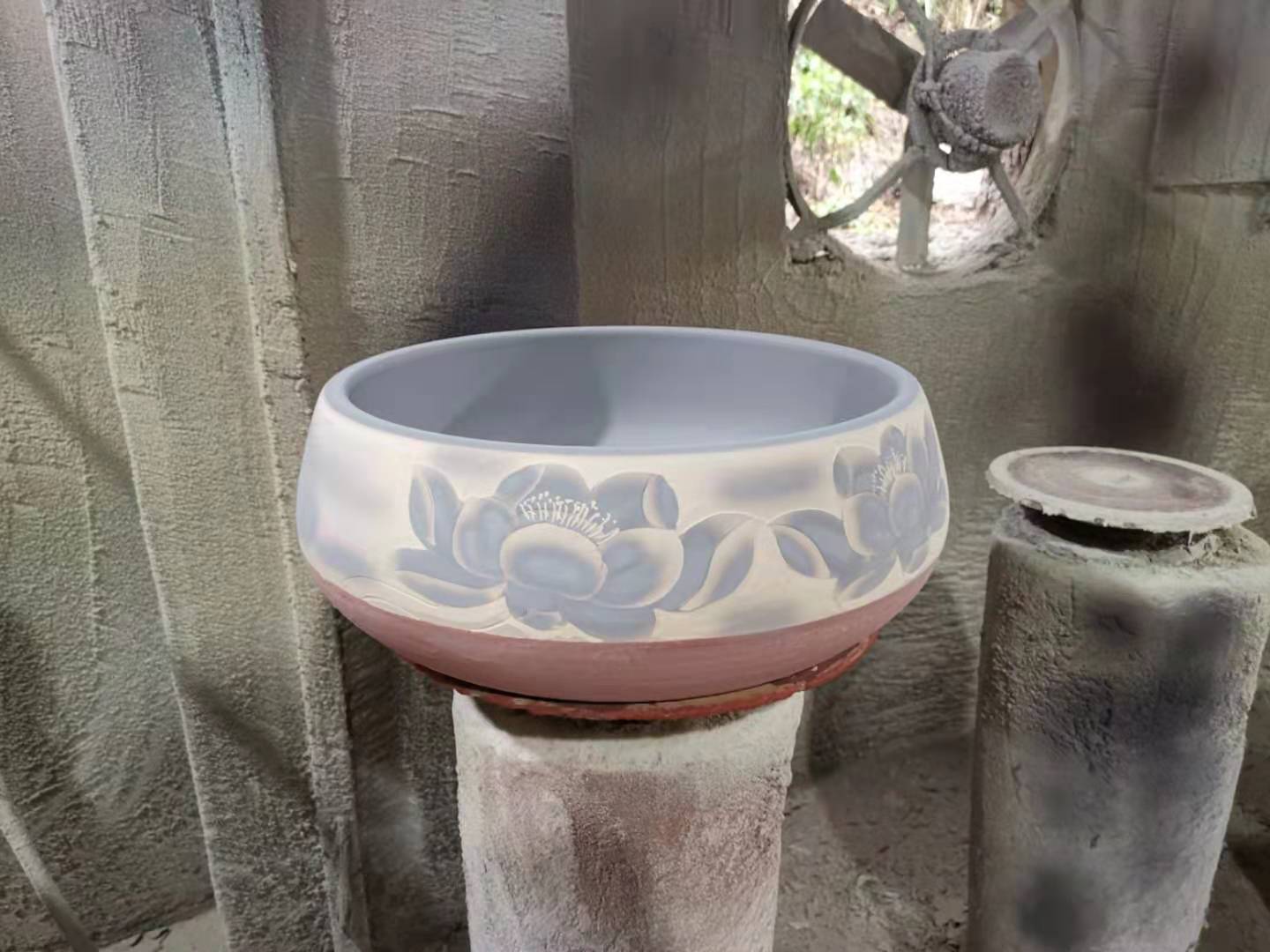
Ⅴ.Burning
Firing is a key process in porcelain making process.After forming and glazing semi-finished products, only under the action of high temperature, a series of physical and chemical reactions occur, and finally the apparent porosity is close to zero, to achieve the complete densification phenomenon.This process is called “burning”.
(1) Tunnel kiln. The kiln is a long straight line (about 72 meters) with fixed walls and arches on both sides and at the top and kiln cars running on rails laid at the bottom.Tunnel kiln is divided into three parts: pre-tropical zone, sintering zone and cooling zone. In addition to tunnel kilns, there are roller kilns and shuttle kilns.The temperature of comb kiln can be adjusted, and the furnace can be closed every day. The residual temperature in the kiln can be fully utilized in the product drying process, which is energy saving and environmental protection, with relatively low energy consumption.
(2) Firing process. The firing of the green body is a process from quantity to quality.Physical changes and chemical changes are staggered, and the changes are complex. Generally, the firing process of ceramic tableware can be divided into four stages: A: Evaporation period; B: Oxidation decomposition and crystal transformation stage; C: Vitrified porcelain stage; D: Cooling period.
Ⅵ.Packing
At present, the factory’s products are mainly packed with partitions and cartons.According to the customer’s requirements to design the appropriate carton size and the corresponding partition, so that the product in the process of transportation to get the corresponding protection.The packaging department packs the products according to the design requirements and sends them to the export warehouse.


